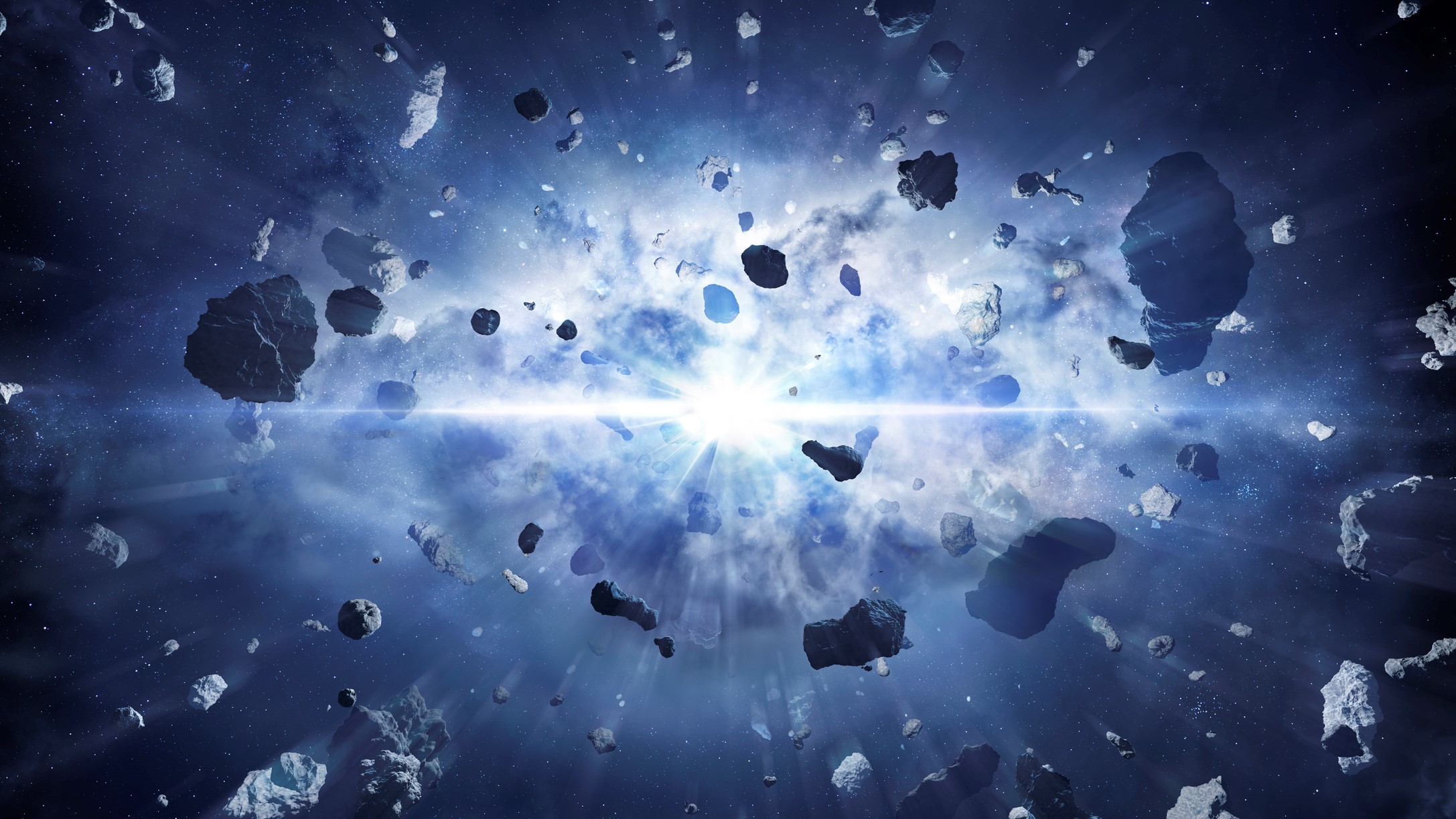The Big Bang Theory is one of the most intriguing and accepted theories for the birth of the universe. The theory proposes that the universe started as a very dense and hot singularity about 13.8 billion years ago and has been expanding ever since. Although the theory has been modified over the years, it is still a foundation of contemporary cosmology.
What is the Big Bang?
The name "Big Bang," however, was first proposed by astronomer Fred Hoyle as a term of disapproval but ended up sticking ironically. The theory suggests that the universe began as an ultra-dense, high-temperature point and suddenly expanded. This expansion gave rise to elementary particles, stars, galaxies, and eventually planets, including Earth.
Key Evidence Supporting the Big Bang Theory
There are some strong evidence supporting the theory:
- Cosmic Microwave Background (CMB): Found by Arno Penzias and Robert Wilson in 1965, the CMB is residual radiation from the early universe, really a kind of "echo" of the Big Bang.
- Redshift of Galaxies: The more distant a galaxy is, the greater its light moves toward the red part of the spectrum—this is called the Doppler effect. It confirms the theory that galaxies are constantly moving away from one another, marking cosmic expansion.
- Abundance of Light Elements: It has been discovered by scientists that hydrogen and helium, which are the two most abundant elements in the universe, were created in the first several minutes of the Big Bang through primordial nucleosynthesis.
Common Misconceptions
One of the most common misconceptions is that the Big Bang occurred as a normal "explosion." Actually, it was not an explosion in space but rather an expansion of space itself. There was no center, and the universe expanded in all directions alike.
Moreover, though the theory is accountable for the initial state of the universe, it is not responsible for what existed before the Big Bang. There are speculations among physicists about the idea of the Cyclic Universe or Multiverse, but there is no certain answer.
Why Does the Big Bang Matter?
Understanding the Big Bang is not merely about knowing how the universe came into being—it's about discovering fundamental facts about existence, space, and time. The theory has enabled scientists to formulate their understanding of dark matter, cosmic inflation, and even the ultimate destiny of the universe.
As we keep looking at distant galaxies, making theoretical physics more precise, and deciphers the secrets of quantum mechanics, the Big Bang Theory is one of the biggest science breakthroughs in human history. Whether it helps us arrive at parallel universes or more knowledge about black holes, the pursuit of knowledge never ends.




Comments
Post a Comment